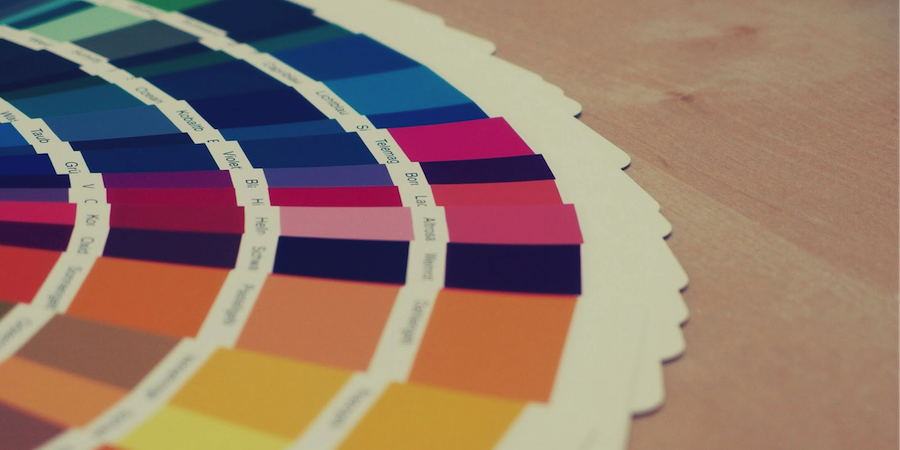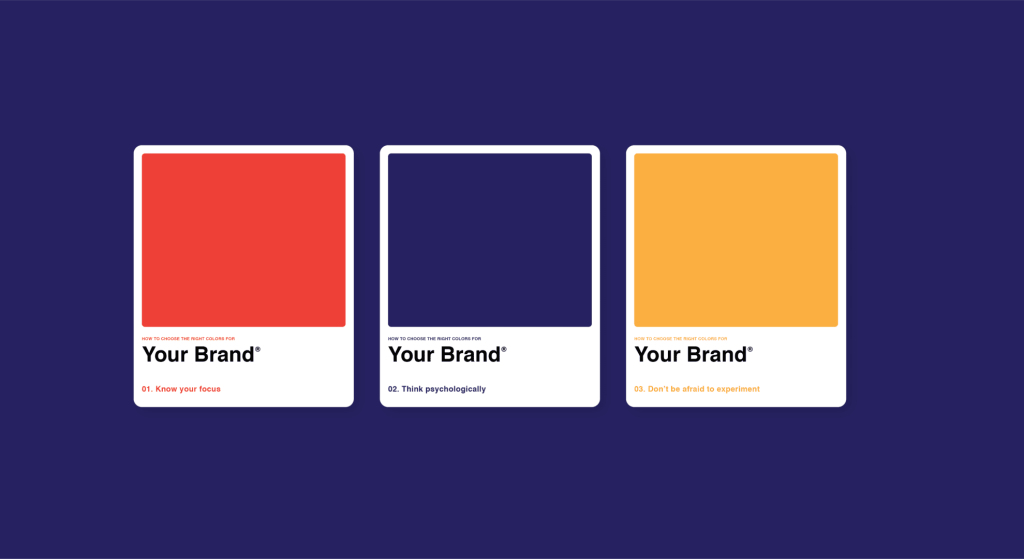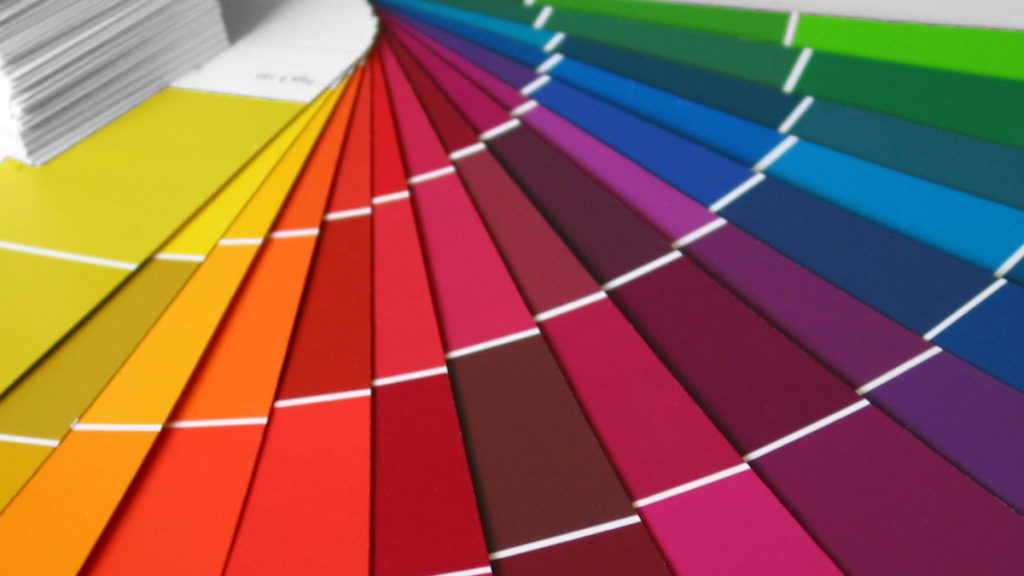

Imagine walking into a room filled with soothing baby blue light, or perhaps stepping into a vibrant, red-themed restaurant.
What’s the first thing that comes to your mind?
Most likely, you’d instantly associate specific emotions with these colors, and that’s no accident.
The psychology of color in branding is a fascinating study that taps into our emotions, influencing our collective perceptions and interactions with brands based on their colors.
In this article, we’ll explore:
- The importance of colors in branding.
- How brands humanize their content with colors.
- How to stay relevant in a world of evolving color trends.
The Importance of Colors in Branding

Just like music, colors often act as messengers that convey messages and emotions even before we process the actual words or images.
They evoke feelings, thoughts, and memories, making them an integral part of branding. The colors a brand chooses to represent itself serve as a non-verbal way of communicating its values, personality, and mission.
For instance, some of the most common colors used in branding and their representations include:
- Blue: Trust, dedication, motivation.
- Red: Fire, danger, excitement.
- Orange: Energy, creativity, fun.
- Yellow: Happiness, optimism, warmth.
- Green: Nature, health, growth.
Each color is linked to a spectrum of emotions and psychological responses. Let’s take a brief look at how colors can create an emotional resonance with your audience.
How Colors Create Emotional Resonance
The representations of these colors prove that brands can humanize their content by carefully selecting colors that resonate with their target audience and align with their brand identity.
We see and experience this in everyday life.
Typically, when you think about a cozy cafe painted with earthy and warm tones, you feel welcomed, at home, and ready to unwind.
Similarly, a brand promoting environmentally friendly products might choose green and brown to signify a commitment to nature.
A tech startup focused on innovation and creativity might opt for vibrant colors like orange and yellow to express its dynamic approach.
Please keep in mind that it’s not just about picking a color. It’s also about how those colors are used in logos, advertisements, and packaging.
The arrangement, contrast, and balance of colors can significantly influence how a brand is perceived.
Overall, the aim is to use them in such a way that they create an emotional appeal to your target audience.
Benefits of Colors in Branding

The benefits of color in branding are numerous and significant. Here are some advantages of using colors strategically in branding:
Memorability
Your brand color is one of the most memorable elements of your brand. When you think of iconic brands like Coca-Cola’s red or McDonald’s yellow; their colors are instantly recognizable and consistent.
The more consistent your colors are, the easier it is for consumers to easily remember and recognize your brand in a crowded marketplace.
Differentiation
In a competitive market, standing out is essential.
The right colors can help your brand differentiate itself from competitors. Therefore, using unique or unexpected colors can make your brand memorable and distinctive.
Product Association
Colors can be used to highlight specific products or product categories within a brand’s portfolio.
For example, a skincare company might use calming blues and greens for their sensitive skin range and bright, energetic colors for their energizing products.
Each color must be carefully chosen to not only suit the brand’s message but also to suit evolving color trends.
The Evolution of Color Trends

Colors in branding are not static. They evolve with time and culture. For instance, in recent years, there has been a rise in minimalist and eco-conscious brands favoring muted, earthy tones.
This shift reflects the changing values and preferences of consumers.
As a brand or marketer, to keep up with these evolving trends, it is often advised that you refresh your color palettes.
This is needed not only to stay relevant but also to ensure your messaging continues to resonate with your audience.
To enjoy the benefits of the psychology of color, you must stay attuned to the pulse of society and adapt to the emotional needs of the moment.
Conclusion
The use of color in branding is not just about aesthetics; it’s a strategic tool for building a strong, memorable, and emotionally resonant brand.
When chosen and employed thoughtfully, the colors you choose can offer a multitude of benefits, from increased recognition to stronger customer loyalty, ultimately contributing to a brand’s long-term success and growth.
